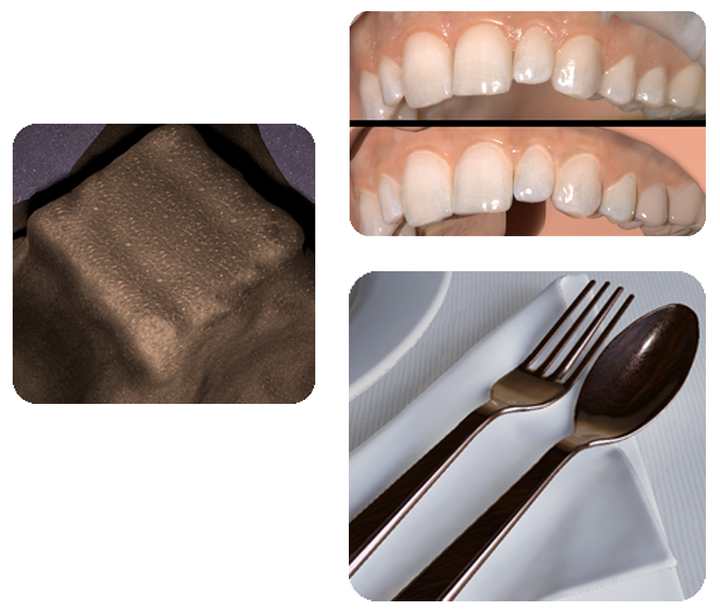
Abstract
Light takes many paths throughout the physical environment, defined by a multitude of interactions with matter, before reaching an imaging sensor or the human eye and thus forming the visual perception of the world. Recreating these interactions in virtual environments requires to consider both gradual scattering by volumes or sudden change introduced by surface boundaries between materials. In many cases, the properties defining these phenomena are not constant and can be affected by external forces. Two main paradigms have arisen in the field of physics and computer graphics to model the complexity of these interactions: geometrical and wave optics. On macroscopic scale the wave nature of light is often neglected as the statistics of the process of incoherent interference reduces the impact of this component. An exception to this rule are many worn smooth surfaces. The notion of scale is violated by the microscopic structures and their intricate iridescent appearance can be clearly observed by the naked eye. Finally, deep structures within translucent objects can significantly influence their overall appearance. They invalidate the common assumption employed in computer graphics that the appearance of objects can be modeled as optically thick and fully defined by the surface reflectance. We thus outline three cases where the existing approaches within the computer graphics literature have difficulties explaining the appearance of everyday objects and provide specific solutions for acquiring and recreating the digital material appearance. They are presented in the form of an article thesis (cumulative thesis) discussing recent publications by the author, regarding the following topics:
- Appearance of semi-unstructured assemblies of fibers interwoven into pile fabrics and their characteristic appearance dependent on the history of tactile interactions. In Chapter 3 we outline a complete end-to-end pipeline capable of acquiring the appearance of this class of materials and modeling the dynamic change of reflectance based on virtual interaction.
- Efficient rendering of wave-optical effects appearing on many everyday objects with smooth worn surface. In Chapter 4 we derive equations and develop algorithms for illumination and anti-aliasing the appearance of these surfaces with real-time performance on modern commodity hardware.
- Modeling and acquisition of the appearance of human teeth and oral cavity. In Chapter 5 we develop a framework that pairs path space derivative estimation with stochastic gradient descent to acquire jointly inner geometry and scattering parameters from photographs captured in a conventional multiple camera and light source setup.